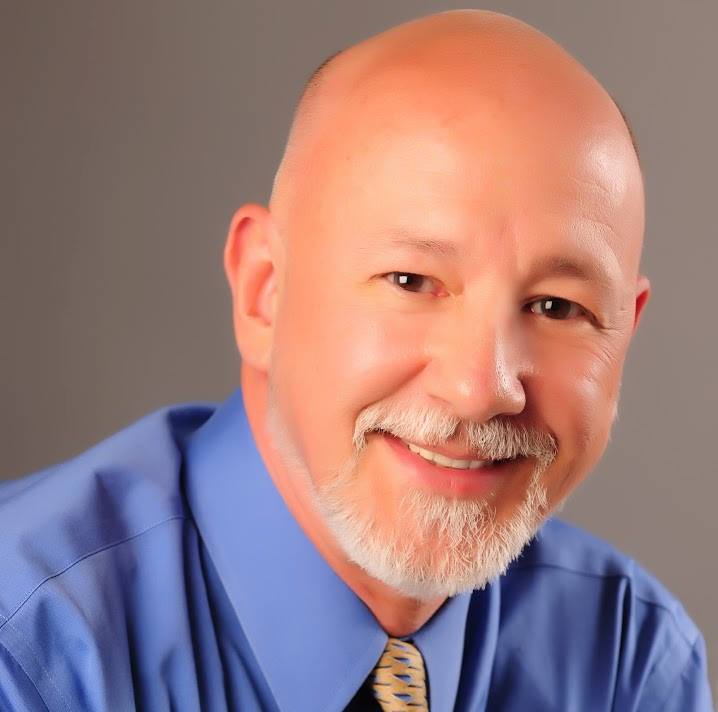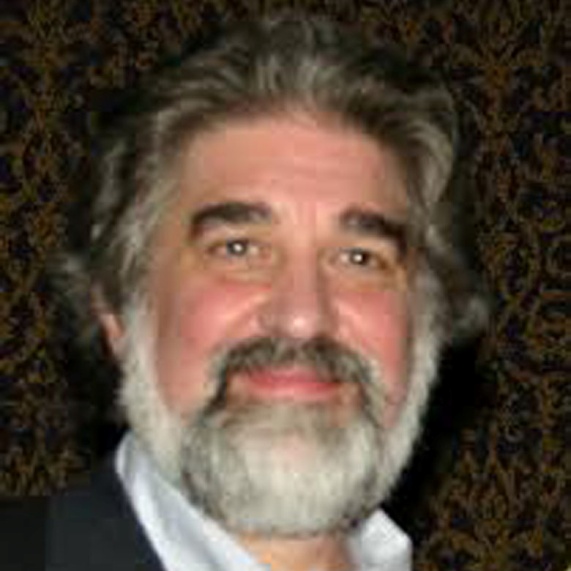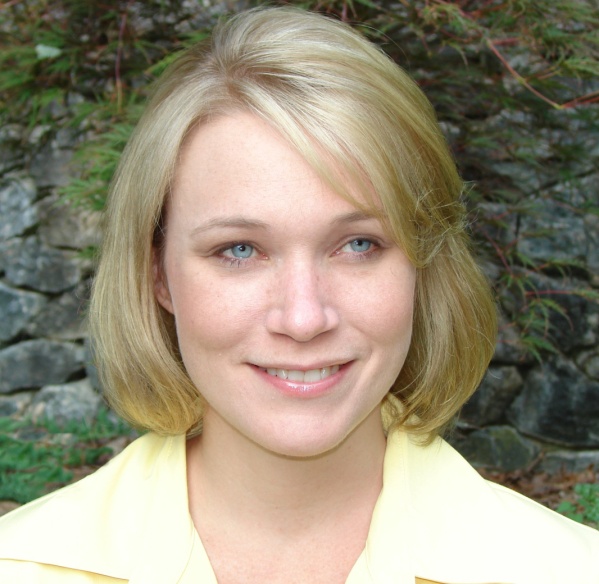www.sebiofeedback.org

Presents
2014 Conference
“Brain Based Interventions:
The Role of Biofeedback & Neurofeedback in Health Care”
Pre-Conference
November 6, 2014
Conference
November 7-9, 2014
Doubletree Hotel, Airport
Charlotte, NC
Please join us for collegiality, education, and inspiration.
SBCNA PRE-CONFERENCE PROGAM
Thursday, November 6, 2014
* For the preconference sessions you may choose to attend both lectures, or
one lecture and the related hands-on workshop.
7:30 - 8:30 Registration
8:30- 9:00 Welcome
Tom Gross, President of SBCNA
9:00- 10:30 Introduction to Biofeedback
Dan Chartier, Ph.D.
A Basic Introduction to the Science of Biofeedback and the Process of Self-Regulation, this workshop will provide a thorough introduction to the art and science of biofeedback. The goal will be to help newcomers understand basic concepts and principles and assist more experienced practitioners in refreshing the essence of what works in using feedback technology to promote health and well-being. (APA CE Credits 1.5 -Basic)
*Concurrent Workshop: Peder H. Fagerholm, Ph.D. will present an informal Introduction to Neurofeedback Equipment and Practices, including hands-on opportunities with Brain Master and Nexus systems. (APA CE Credits 1.5 -Basic)
10:30- 10:55 Break & Visit Exhibitors
11:00- 12:30 Introduction to Biofeedback (continued)
Dan Chartier, Ph.D. (APA CE Credits 1.5-Basic)
12:30- 1:30 Lunch
1:30- 3:00 Introduction to Neurofeedback
Richard Soutar, PhD
This workshop is for those who are new to neurofeedback (NFB), considering entering the field or incorporating NFB into an existing practice, or looking for a current, research-based NFB refresher. Dr. Richard Soutar will cover the basics, key concepts and skill areas including the theory and methods behind NFB and qEEG, practical applications in clinical settings, basic brain anatomy and assessment procedures, EEG biofeedback software, and basic dimensions of brain maps. (APA CE Credits 1.5 -Basic)
*Concurrent Workshop: During this time Peder H. Fagerholm, Ph.D. will present an informal Introduction to Peripheral Biofeedback Equipment and Practices, including hands-on opportunities with Brain Master and Nexus systems. (APA CE Credits 1.5 -Basic)
3:00- 3:30 Break & Visit Exhibitors
3:30- 5:00 Introduction to Neurofeedback
Richard Soutar, PhD (APA CE Credits 1.5 -Basic)
SBCNA MAIN CONFERENCE PROGRAM
Friday, November 7, 2014
7:30-
8:30 Registration
8:30- 9:00 Welcome
Tom Gross, President of SBCNA
9:00- 10:30 How Everyday Clinicians Can Use 3D Brain Imaging Technology
to Increase Efficacy
Penijean Gracefire, LMHC, BCN
This presentation will introduce the most recent developments in live 3D brain imaging technology, and demonstrate their relevance to the daily clinical treatment of individuals with ADHD, anxiety, OCD, depression and PTSD, among others. Emerging technology has made advanced EEG biofeedback techniques accessible to the average clinician, and software designs have become more user friendly, allowing practitioners to provide enhanced outcomes to a variety of clinical populations. For clinicians who have always wished they could see what was really going on in a client’s brain during a talk therapy session, or better understand the internal experience of a developmentally delayed child with limited vocabulary, or directly communicate with an anxious obsessive/compulsive neural region that never seems to listen, recent developments in brain imaging technology have made it possible. (APA CE Credits 1.5 -Introductory)
10:30-11:00 Break & Exhibitor --Meet & Greet Presenters
11:00-12:30 How Everyday Clinicians Can Use 3D Brain Imaging Technology to
Increase Efficacy - Continued
Penijean Gracefire, LMHC, BCN (APA CE Credits 1.5 -Introductory)
12:30-1:30 Lunch
1:30- 3:00 The Neuroscience of Emotions and Decision-Making
Thomas Collura, PhD
This workshop will present current results using an EEG-based activation model that
takes advantage of sLORETA imaging of frontal regions of interest, in combination
with a structured stimulus and analysis procedure. We will present event-related brain
activation data from a range of participants and situations including nonclinical,
clinical, and forensic populations. The results illustrate instantaneous patterns of
frontal activation that are indicative of individual emotional and decision-making
patterns. In particular, we can identify individual traits or predispositions in relations
to emotional processing, as well as differences in reactions to particular stimuli.
Stimuli can be neutral material such as simple names and objects, or they may be
emotionally or even ethically charged. Such charged stimuli are observed to produce
unique patterns of frontal activation, indicating when there is an extreme response.
Responses in both positive and negative directions can be identified. It is further
possible to show a distinction between primary emotional sensation, and secondary
emotional perception. These levels of emotional processing, which culminate in
emotional comprehension, combine to produce the decision-making style that will be
unique to each individual. . (APA CE Credits 1.5 - Intermediate)
3:00- 3:30 Break . Exhibitors--Meet & Greet Presenters
3:30- 5:00 Advancements in the Field of Neurofeedback for ADHD and Peak Performance
Peter Freer, MSEd
Gwen K. Sorley, MEd
The speakers will discuss & present the integration of cognitive skill training with neurofeedback to produce significant performance based outcomes validated by randomized, controlled research. Additionally, the speakers will present actionable methods for behavioral shaping using the aforementioned cognitive skill training. Finally, new applications of NF currently being pursued by Panansonic for the automotive industry will be presented. (APA CE Credits 1.5 -Intermediate)
*Concurrent Mini-Workshop: Peder H. Fagerholm, Ph.D. will conduct one hour mini-workshops including Electrodermal Responses Biofeedback, Neurofeedback, Electromyography Biofeedback, Heart Rate Biofeedback, Neurotechnology 1, Neurotechnology 2, Respiration Biofeedback, and Temperature Biofeedback. Mini-workshops are available by appointment. Sign-up on posted sheets for your designated times at the conference. (APA CE Credits 1.5 -Basic)
5:00-6:30 Welcome Reception with cash bar
6:30 Dinner on your own
Saturday, November 8, 2014
8:00- 8:45 Registration
8:45- 9:00 Welcome/Announcements
Tom Gross, President of SBCNA
9:00-10:30 Mindfulness Based Biofeedback: The Integration of Compassion
Based Theory
Urszula Klich, PhD
Experts in the growing movement of positive psychology maintain that connecting with others in meaningful ways helps us with physical and emotional health. Yet, despite technology, many would say that people are feeling more disconnected from others than ever before. At a time when major cities are signing a charter for compassion, it’s easy to see the potential impact of increasing individual awareness of self and others through compassion. In biofeedback treatment we are able to facilitate an individual’s learning of more effective coping, stress management, and overall psychophysiological rebalancing strategies. This seminar will delineate a program for merging compassionate practice components with biofeedback for a more integrative treatment. The program will focus on providing a pragmatic set of skills for applying these methods in clinical practice with your preferred biofeedback modalities. We will explore how patients benefit from this combined training approach in accordance with a Mindfulness-Based Biofeedback model of treatment. Connections will be made with other compassion- based programs such as Cognitively Based Compassion Training and METTA or Loving Kindness practice. This program will refer to up to date research related to using compassion and biofeedback tools. Clinical Practice Examples will be presented of its use with several patient populations ranging from generalized anxiety to chronic pain and complex medical illness such as multiple sclerosis, traumatic brain injury, and post-traumatic stress disorder. Lastly, the seminar will invite questions to promote dialog among practitioners to facilitate learning. (APA CE Credits 1.5 -Introductory)
*Concurrent Mini-Workshop: Peder H. Fagerholm, Ph.D. will conduct one hour mini-workshops including Electrodermal Responses Biofeedback, Neurofeedback, Electromyography Biofeedback, Heart Rate Biofeedback, Neurotechnology 1, Neurotechnology 2, Respiration Biofeedback, and Temperature Biofeedback. Mini-workshops are available by appointment. Sign-up on posted sheets for your designated times at the conference. (APA CE Credits 1.5 -Basic)
10:30-11:00 Break- Exhibitors--Meet & Greet Presenters
11:00-12:30 Sensory Processing Disorder: The Roots of Psychopathology
David S. Cantor, Ph.D., MS
Sensory processing disorders (SPD), while not a formal diagnostic category in most mental health diagnostic manuals, is nonetheless a characterization of a number of sensory/perceptual experiences which alter the ability to attend, learn, and adapt to the world. The processes require the careful integration of systems within and between the autonomic nervous system and central nervous system. This presentation will overview the nature of brain functional organization mechanisms and their role in the construct of common reality and how with alteration of these mechanisms, a variety of pathological conditions can arise. The brain functional metrics of these disorders and methods to manipulate them will be discussed (APA CE Credits 1.5 - Intermediate)
12:30- 2:00 Members Only Catered Lunch & Business Meeting sponsored by SBCNA
Non-members will have lunch on their own
2:00- 3:00 Integrating Neuroscience Methods into Peak Performance & Medicine Practices
David Hagedorn, PhD
Central and autonomic nervous system dysfunction associated with the full spectrum of brain functionality is ideally quantified with integrative electrophysiology and biochemical analysis. The multifactorial nature of cognitive impairment and peak performance necessitates rapid, inexpensive, and easily applied multimodal analysis methods that can offer greater sensitivity and specificity. Recent research findings of cognitive decline evidence by middle age highlights the need for more objective and physiologically precise screening methods that not only identify early markers but direct specific early interventions. Current neuroscience technologies in the areas of electrophysiology (e.g., qEEG, ERPs, ECG, HRV biofeedback, brain stimulation, sLORETA, neurofeedback, Brodmann Area neurofeedback) and biochemistry (e.g., GI health, organic acids, etc.) will be discussed in the context of case analysis with emphasis on ease-of-use, insurance reimbursement, and accessibility to any clinical practice or peak performance program. (APA CE Credits 1.0 -Intermediate)
3:00- 3:30 Breakundefined Exhibitors--Meet & Greet Presenters
3:30- 5:00 The Psychobiology of Trauma From a Neurofeedback Perspective
Richard Soutar, Ph. D., BCIA-EEG
The approach to NFB articulated in this presentation uses electrophysiology as a starting point to erect a psychobiological perspective of trauma integrating behaviorism and psychodynamic theory utilizing a systems theory paradigm. Reviewing the operant conditioning theory of Sterman (1996), applied behaviorism of Beck (1995) the work on affective processes by Davidson et al (2000) and Helller et al (1997), the research on fear conditioning and anxiety by LeDoux (1996), and social accuracy theory from Fisk (1991), an effort will be made to provide a useful theoretical perspective for both clinical work and research. In addition, the Interactive Self Inventory will be presented as an embodiment of this perspective and as a social psychological metric for correlating qEEG and behavior, including statistical validation efforts as well as a review of its present record of eight years of successful implementation in several hundred clinics around the world. (APA CE Credits 1.5 -Intermediate)
5:00-6:00 Panel Discussion, Case Study
6:00 Dinner on your own
Sunday, November 9, 2014
8:00- 8:45 Registration
8:45- 9:00 Welcome/Announcements
Tom Gross, President of SBCNA
9:00-10:00 EEG findings from HEG training
Adrian Van Deusen
David Cantor Ph.D.
HEG (hemoencephalography) using the NIRS technology has established itself as a robust option to EEG when intake assessments show that prefrontal activation is recommended for Neurofeedback training. The mechanistic foundations of the HEG signal are different than the EEG signal. Comparison and contrast of these two signals has been little studied. As a first look into possible correlates between HEG and EEG, this session will present the clinical decision process for HEG used at Mind and Motion Center and share three cases of HEG training results within an Autistic Spectrum population, using QEEG pre and post HEG training as the independent measure and first excursion into frequency correlation to HEG activation. (APA CE Credits 1.0 -Intermediate)
10:00-10:30 Break- Exhibitors--Meet & Greet Presenters
10:30-12:00 Nutritional Intervention Effectiveness in ADHD
Vicki Steine, LCSW, DSc.
Children with ADHD and co-morbid disorders often suffer from chronic stress in their attempts to manage daily activities and relationships. This chronic stress often results in exacerbation of poor behavior management during the day. In a pilot study, 10 children, ages 7-17, with ADHD and co-morbid disorders were evaluated with brain mapping, neuro-cognitive testing, The Vanderbilt Parent Rating Scale, and Pediatric Checklist before and after receiving 90 days of nutritional supplements to help mediate the effects of stress on brain function, performance, and behavior. This workshop will provide a detailed presentation of the study and outcomes from the intervention. (APA CE Credits 1.5 - Intermediate)
12:00-12:30 Break- Exhibitors--Meet & Greet Presenters
12:30-1:30 The CAR and CPU model of reading in children and adults
Kirtley Thornton, PhD
The session will address the QEEG correlates of reading memory across children, adolescents and adults employing the Coordinated Allocation of Resource Model of brain functioning and will introduce the concept of a Central Processing Unit in brain functioning. (APA CE Credits 1.0 - Advanced)
1:30 Wrap-up
Intended Audience: Psychologists, counselors, marriage and family therapists, social workers, physicians, physicians' assistants, nurses, case managers, biofeedback practitioners, educators, physical and occupational therapists, recreation therapists, holistic practitioners, massage therapists, Community Supports practitioners, and anyone interested in "cutting edge" therapeutic techniques, information and/or personal growth.




















